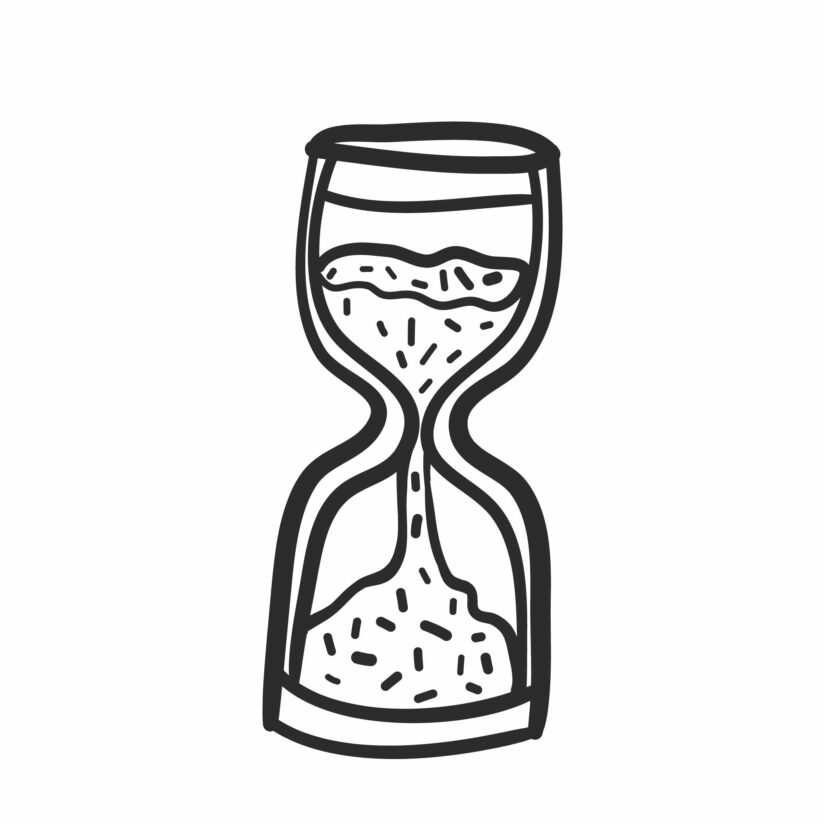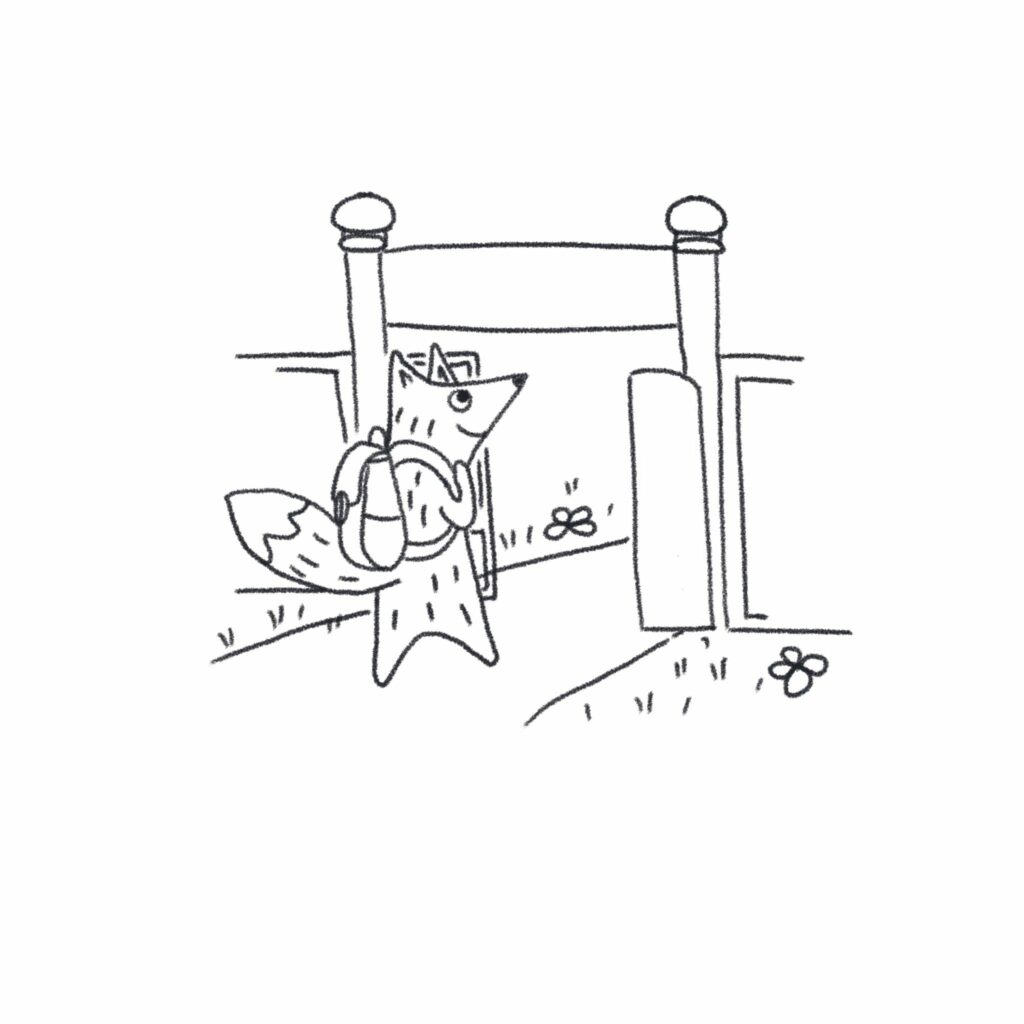How long until it’s my turn?
I’ve already brushed my teeth! I did it for ages! I won’t do it again!
But what if you had a sand timer?
It’s your turn when the sand gets to the bottom.
Brush your teeth until the timer runs out.
Time is abstract. It’s difficult for children to understand. It passes but they can’t see it.
Until you have had repeated exposure to what five minutes feels like, you can’t really know.
My eldest children can now tell the time but the youngest isn’t there yet.
When explaining how long something will take, I find myself saying things like:
- It’s as long as morning playtime at school
- It takes the same time as an episode of Paw Patrol
- It’s longer than the journey to Granny’s but not as far as Cornwall.
This helps.
I try to answer in ways that she can relate to. But she still can’t see it.
Halfway through brushing your teeth you still have no real sense of how long there is to go. In the 100 Toys house, we aim for the recommended 3 minutes but the children think they have finished after 10 seconds.
You didn’t do it for long enough.
Yes, I did!
Brush again.
No! You can’t make me!
And so it goes. Bedtime becomes a battle.
Hurry up and put your pyjamas on.
You didn’t spend long enough reading your school book.
Late to bed, tired for school tomorrow. Everything is fraught.
A sand timer puts an end to the debate.
It might not be fun watching the sand slip slowly through the glass but its progress is undeniable. There is an end in sight.
Also, sand timers help to create what’s known as predictable environments(more on this in a future email). The more knowable your child’s day is, the more secure and happy she will feel. That doesn’t mean it has to be regimented but a sense of routine is unquestionably calming.
In short, sand timers encourage positive behaviours: more patience – and less whining!
Sand timers are not forever
I’m not suggesting you have a sand timer for every aspect of your child’s life. We used the timers to give the children a sense of what three minutes was when brushing their teeth. After a couple of weeks the habit was established and the timer went away.
Much of our children’s ‘bad’ behaviour comes from a frustration at their lack of control. They think we are capricious (we can be!) and inconsistent. With a sand timer, it’s no longer about them and us. There is no power struggle. The timer is a neutral entity. It’s not trying to spoil our day, send us to bed early or make us brush our teeth again.
Things you can do with a two-minute timer
Set up challenges and games.
- Can you tidy your room in two minutes?
- Can you hop for two minutes?
- How many goals can you score in two minutes?
- Can you stand statue-still for two minutes?
- How many words can you read in two minutes? How many can you write?
- Can you take a shower in two minutes?
- Can you walk to the shops in two minutes?
Once your child gets the idea, she will start to carry the timer everywhere, in search of ways to make her own fun.
What Are the Benefits of Sand Timers?
- Sand timers encourage understanding time: Watching time pass through the glass of a sand timer, children can visualize how much approximate time remains. They can begin to understand how time passes and that waiting doesn’t mean enduring an endless, anxiety-filled task.
- Sand timers create predictable environments: Sand timers allow parents to set up predictable patterns, such as brushing teeth or reading for a set amount of time. Predictable environments encourage positive behaviors, including positive attitudes when needing to wait.
- Sand timers ease transitions: Often, transitioning from one task or event to another ends up creating chaos. However, using a sand timer can ease the transition in these moments, such as from reading to bedtime or playing outdoors to coming in for supper.
- Sand timers promote independence: Sand timers allow children to understand how much time remains in a task or before a transition. This visual timer cues children on what to do next, promoting independence in a predictable daily schedule.
How Do You Use Sand Timers?
Sand timers can be used in a variety of ways to help children with understanding time. We give you just a few ways to use visual timers to add predictability and independence to your children’s day:
- Brushing teeth
- Completing a task
- Boiling an egg or pasta
- Taking a shower or bath
- Playing outside
- Cleaning up, especially after playing
- Reading before bed
- Waiting to take a turn
- Timing how long something needs to bake
Final Word
Sand timers are, of course, a great introduction to time and how it passes. This makes them a great help with boring, everyday tasks such as brushing teeth. But, less obviously, they also help to create a peaceful, predictable environment where your child can be more independent. And we could all do with more of that!





